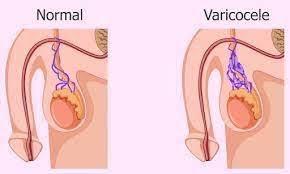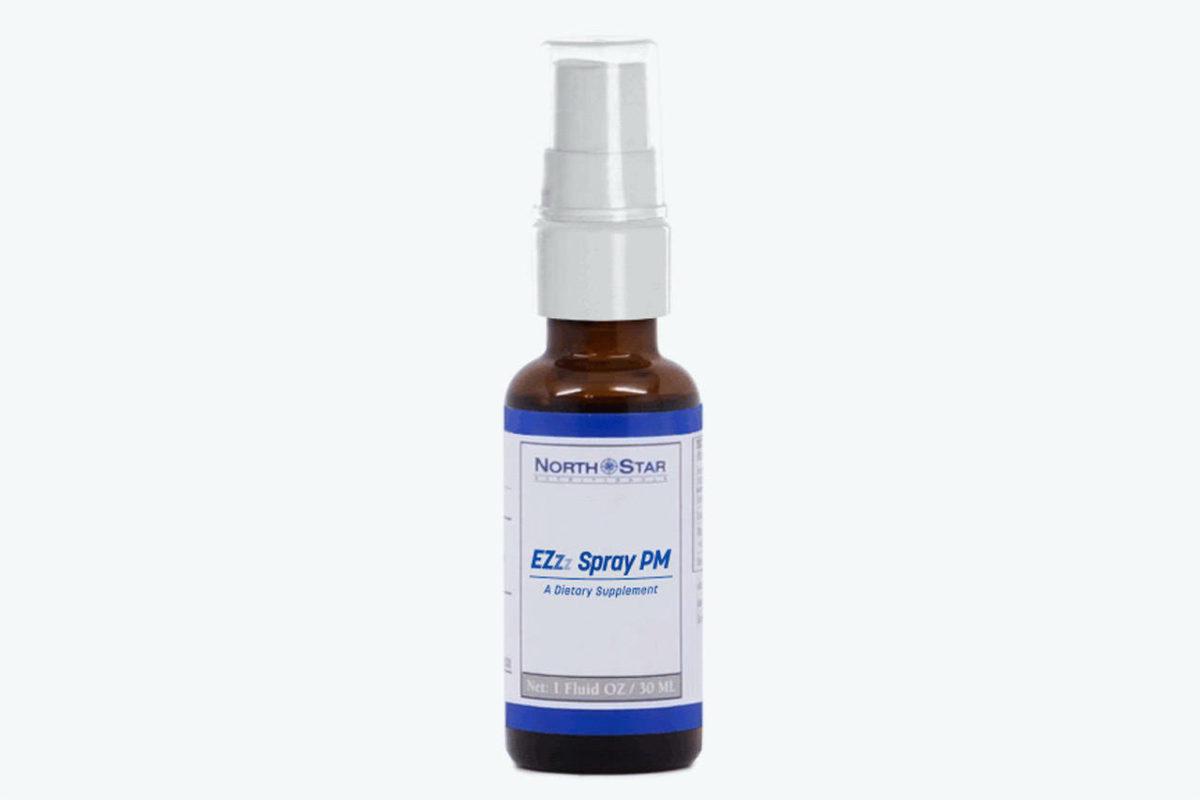Varicocele Embolisation Procedure: Everything You Need to Know

Introduction
Varicocele is a condition that affects many men—often silently—causing pain, testicular discomfort, or even infertility. Traditionally, surgery has been the standard treatment. But with modern medicine advancing rapidly, there’s now a safer, faster, and far less invasive option: varicocele embolisation.
This procedure has become increasingly popular among men who want a quick recovery, minimal risk, and long-term results. In this comprehensive guide, we’ll break down everything you need to know about the varicocele embolisation procedure—from how it works and what to expect, to recovery, success rates, and potential risks.
By the end of this article, you'll understand why so many patients are choosing Flowcare for this minimally invasive treatment. For a full overview, don’t miss:
What Is a Varicocele?
A varicocele is an enlargement of veins within the scrotum, very similar to varicose veins in the legs. It develops when the valves inside these veins fail to function properly, causing blood to pool instead of flowing efficiently. This pooled blood raises the temperature around the testicle, potentially affecting sperm production and quality.
While varicoceles are common—affecting about 15% of all men—they’re even more prevalent in those experiencing infertility. Around 40% of infertile men have this condition.
Common Symptoms of Varicocele
Not everyone with a varicocele experiences symptoms. However, when symptoms occur, they may include:
-
Dull, aching pain in the scrotum
-
A heavy or dragging feeling in the testicles
-
Noticeable or bulging veins
-
Reduced fertility or abnormal semen results
-
Testicular shrinkage (in more severe cases)
If any of these signs are present, it’s important to get checked by a specialist.
Why Treat a Varicocele?
Varicoceles can impact your health and quality of life in several ways:
-
Fertility problems: One of the leading causes of reduced sperm production and motility
-
Pain and discomfort: Especially after standing for long periods or physical activity
-
Testicular damage: Can lead to testicular atrophy over time
-
Aesthetic concerns: Visibly enlarged veins in the scrotum
Treating a varicocele can relieve pain, restore testicular health, and significantly improve fertility outcomes.
Traditional Treatment: Surgery
Before embolisation became available, open surgery (varicocelectomy) was the primary treatment. It involved tying off the affected veins through an incision in the groin or abdomen.
While effective, surgical methods have some downsides:
-
Requires general anesthesia
-
Leaves a visible scar
-
Longer recovery time (2–4 weeks)
-
Higher chance of recurrence in some cases
-
Risk of damaging surrounding structures
That’s where embolisation offers a more advanced and convenient solution.
What Is Varicocele Embolisation?
Varicocele embolisation is a non-surgical, image-guided treatment performed by an interventional radiologist. The goal is to block the faulty veins responsible for the varicocele and reroute blood flow through healthy veins.
Using imaging technology (fluoroscopy), the radiologist inserts a catheter through a vein in the groin or neck and navigates it to the affected area. Once in place, they release small coils or a special medical solution to block the abnormal veins.
This outpatient procedure typically takes 30–60 minutes, with no stitches and minimal downtime.
Why Choose Embolisation Over Surgery?
Here’s why embolisation is a preferred choice for many:
✅ Minimally Invasive
There’s no cutting or large incisions involved. Just a small needle puncture is enough to perform the procedure.
✅ Quick Recovery
Most patients return to work and normal life within 24–48 hours. No hospital stay is required.
✅ Local Anesthesia Only
No general anesthesia is needed, which means fewer risks and side effects.
✅ No Scarring
Because there are no surgical incisions, you won’t be left with any visible scars.
✅ Excellent Success Rates
Most patients experience relief from pain and improvement in fertility within a few months.
Step-by-Step: How the Procedure Works
-
Preparation: You’ll be awake but relaxed, usually under local anesthesia with mild sedation.
-
Accessing the Vein: A tiny catheter is inserted through a vein in the groin or neck.
-
Guidance via Imaging: Contrast dye helps the radiologist map the vein network and find the varicocele.
-
Blocking the Faulty Vein: Coils or a sclerosing agent is released to seal the abnormal vein.
-
Completion: The catheter is removed, and a small bandage is applied. No stitches needed.
-
Post-Procedure Monitoring: You’ll rest for an hour or two before being discharged the same day.
Who Is an Ideal Candidate?
Varicocele embolisation is recommended for:
-
Men with scrotal pain or discomfort due to varicocele
-
Men facing infertility caused by poor sperm parameters
-
Adolescents with progressive testicular shrinkage
-
Patients who’ve had a varicocele recurrence after surgery
-
Those who want a non-surgical, quick-recovery option
Your doctor will confirm the diagnosis through physical examination and scrotal ultrasound before suggesting embolisation.
Risks and Side Effects
Though rare, some risks include:
-
Mild soreness or bruising at the catheter site
-
Groin or scrotal discomfort for a few days
-
Allergic reaction to contrast dye (very uncommon)
-
Possibility of incomplete blockage (which may need a second treatment)
Flowcare’s experienced team ensures that every precaution is taken to minimize risks and provide the best outcome.
Recovery Timeline
Most men recover quickly with minimal discomfort. Here's what you can expect:
Day 1–2:
-
Light activity is okay
-
Mild soreness may be managed with over-the-counter painkillers
Week 1:
-
Avoid heavy lifting or strenuous activity
-
No sexual activity for about 7–10 days
Week 2 Onward:
-
Return to full normal activity
-
Scrotal discomfort typically improves
3–6 Months:
-
Fertility and sperm improvements usually seen in this period
-
Follow-up imaging may be scheduled to confirm success
Cost of Varicocele Embolisation in India
The cost varies depending on city, hospital, and complexity, but generally ranges between ₹40,000 to ₹80,000. At Flowcare, we offer transparent pricing and tailored packages to suit different budgets.
The cost usually includes:
-
Consultation and evaluation
-
Ultrasound and diagnostic tests
-
Procedure and materials (coils or sclerosing agents)
-
Post-procedure care and follow-up
Most patients find this to be more affordable and less disruptive than surgery.
Varicocele and Fertility: What to Expect
One of the most important reasons to treat a varicocele is fertility. Embolisation can lead to:
-
Increased sperm count
-
Improved sperm motility and morphology
-
Better chances of natural conception
Some couples go on to conceive naturally within months of the procedure, while others use it alongside fertility treatments for better results.
Why Flowcare?
Flowcare is among India’s top interventional radiology centers, with a team that has successfully performed hundreds of varicocele embolisations. We offer:
-
Board-certified specialists
-
Modern, USFDA-approved equipment
-
Comfortable outpatient experience
-
Personalized fertility counseling
-
Convenient appointment scheduling and follow-ups
Whether you’re suffering from pain or trying to start a family, we’ll guide you through every step of your healing journey.
Conclusion
Varicocele is a treatable condition—and thanks to modern techniques like embolisation, you don’t need surgery to fix it. The procedure is fast, safe, and effective for relieving discomfort and restoring fertility.
If you’re looking for an expert team and a hassle-free experience, Flowcare is here for you. Book a consultation today and learn how embolisation can change your life.






